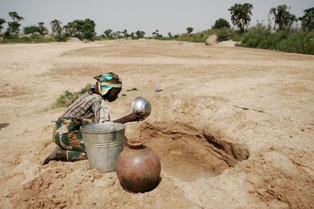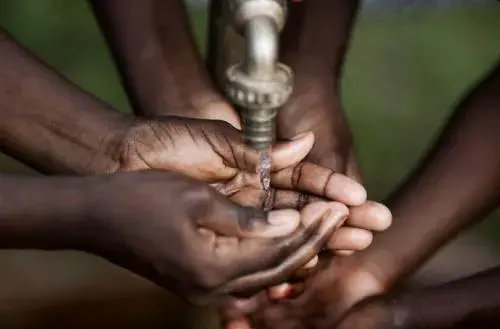Water and Sanitation
Inadequate sanitation caused a cholera outbreak in Haiti in late 2010 that has now made half a million people sick and cost some 7000 lives; smaller cholera outbreaks are still commonplace during the rainy season in Bangladesh or the low-lying parts of many Africa cities. Diarrheal diseases are still a leading cause of death for children under five, second only to respiratory infections. The World Bank concludes that the economic impact of poor sanitation can be as high as 7% of GDP for some Asian countries and on the order of 1-2% of GDP for African countries.
Development agencies over-emphasize safe water projects and under-invest in sanitation, according to paper authors  Frank Rijsberman and Alix Zwane. They look at what it would cost to improve service for both the unserved population in developing countries, those one billion or so who must defecate in the open, and what it would cost to improve the quality of service for those people in urban areas who are nominally “served” but struggle to realize the gains from sanitation because of the challenges of emptying and safely disposing of latrine or septic tank contents.
Frank Rijsberman and Alix Zwane. They look at what it would cost to improve service for both the unserved population in developing countries, those one billion or so who must defecate in the open, and what it would cost to improve the quality of service for those people in urban areas who are nominally “served” but struggle to realize the gains from sanitation because of the challenges of emptying and safely disposing of latrine or septic tank contents.
An estimated 200 million latrines and septic tanks is emptied manually, by a worker descending in the pit with a bucket and spade, and subsequently dumped or buried in the immediate environment – often reintroducing pathogens previously contained in the pit or tank.
The research on water and sanitation, commissioned for Copenhagen Consensus 2012, proposes three solutions as potentially worthy of large scale investment. The detailed analysis of the problem and the proposed solutions are available in the document available for download.


